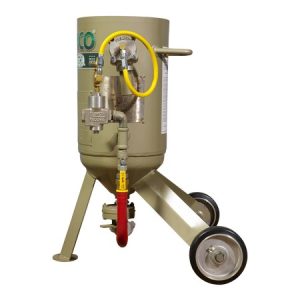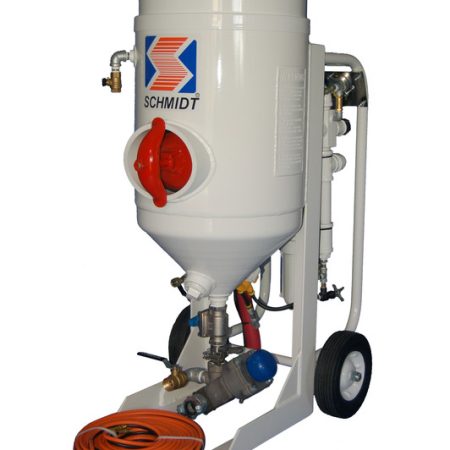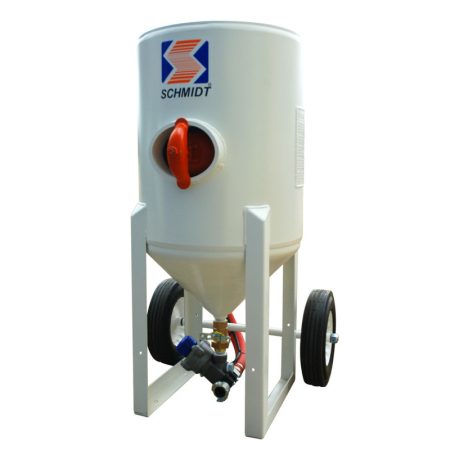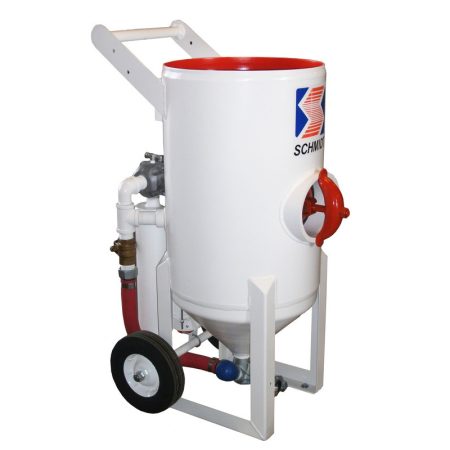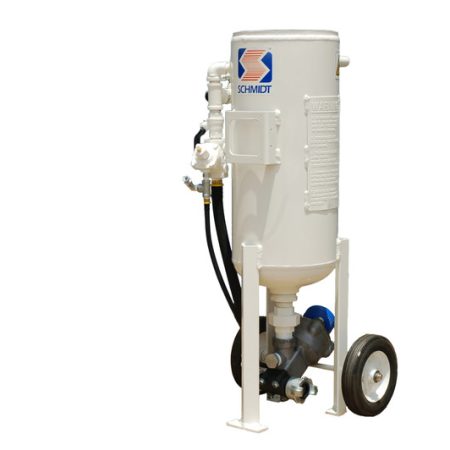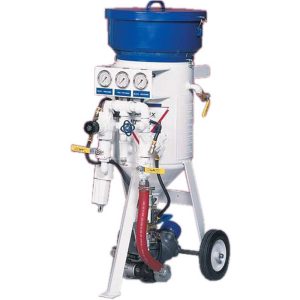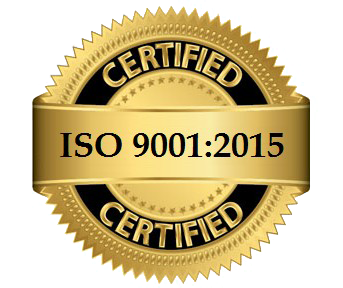Commercial Sandblaster
A commercial sandblaster is a machine used to remove paint, rust, corrosion, scale, and other surface contaminants from various materials using abrasive materials such as sand, garnet, or other abrasive media. The process is called sandblasting or abrasive blasting. Commercial sandblasters are used in various industries, including automotive, construction, shipbuilding, manufacturing, and restoration. They are employed for tasks like cleaning, preparing surfaces for painting or coating, and removing old coatings or contaminants. Different types of abrasive media can be used based on the specific requirements of the job.
Sandblasting vs. Bead Blasting
Sandblasting and bead blasting are both abrasive blasting techniques used to clean, prepare, or finish surfaces. So, what is the difference between a sandblaster and bead blaster?
The primary difference between the two lies in the type of abrasive material used. Sandblasting uses sand or a similar abrasive material, such as silica sand or garnet, to propel against the surface being treated. It can be more aggressive and abrasive, making it suitable for tougher materials or surfaces that require heavy-duty cleaning or stripping. The use of sand in sandblasting can produce harmful dust that contains crystalline silica, which can lead to health concerns if inhaled. Safety precautions are necessary.
Bead blasting, on the other hand, uses small glass beads as the abrasive material. These beads are less abrasive than sand, making them suitable for more delicate or precision applications. Bead blasting typically produces a smoother and satin-like finish on the surface compared to the rougher texture achieved with sandblasting. It is also generally less aggressive and is often used for tasks such as cleaning delicate parts, removing paint or rust without damaging the underlying material, and creating a uniform matte finish.
The choice between sandblasting and bead blasting depends on the specific application, the material being worked on, and the desired finish. It’s important to select the appropriate method and abrasive material for the job to achieve the desired results while minimizing potential hazards.
How Many CFM Do I Need For a Sandblaster?
As a rough guideline, smaller, handheld sandblasters used for light-duty tasks may require around 10-20 CFM, while larger industrial sandblasting equipment for heavy-duty applications could require 50 CFM or more. However, it’s crucial to check your equipment’s manual and recommendations to determine the precise CFM requirement for your specific setup.
What PSI Should You Sand Blast At?
The PSI (Pounds per Square Inch) at which you should operate a sandblaster depends on various factors, including the type of equipment, the abrasive material, and the specific task at hand. The following are some general guidelines for PSI settings in sandblasting:
Always consult the manufacturer’s recommendations and guidelines for your specific sandblasting equipment. Manufacturers typically provide recommended PSI settings based on the design and capabilities of the equipment. The type and size of abrasive material you are using will influence the appropriate PSI. Lighter or finer abrasives may require lower PSI settings, while heavier or coarser abrasives may demand higher PSI settings.
The nature of the surface you are working on and the specific task you are performing will also affect the PSI. Delicate or precision work on fragile materials may require lower PSI, while heavy-duty cleaning, stripping, or roughening tasks may necessitate higher PSI. The size of the nozzle on your sandblasting equipment plays a role in determining the required PSI. Larger nozzles may require higher PSI to achieve the desired abrasive flow and impact.
The distance between the nozzle and the surface being blasted is important. If you’re holding the nozzle close to the surface, you may need to lower the PSI to prevent damage. Conversely, increasing the distance may require higher PSI to maintain effective blasting. Consider safety and environmental factors. Higher PSI can create more airborne dust and increase the risk of injury, so be sure to wear appropriate personal protective equipment and use containment measures as necessary.
Most sandblasting is done at 80 PSI. In practice, the PSI settings for sandblasting can range from as low as 20 PSI for delicate work up to 120 PSI or more for heavy-duty tasks. It’s crucial to experiment and find the right balance between abrasive power and control based on your specific application.
Ultimately, to determine the optimal PSI setting for your sandblasting job, it’s important to consider the equipment, abrasive material, surface, and safety requirements while following the equipment manufacturer’s recommendations. It may also be helpful to conduct tests on a small, inconspicuous area of the surface to ensure the desired results are achieved without causing damage.
If you have any questions about our blasting equipment and how it can help you, please contact us and we will be happy to help you.


